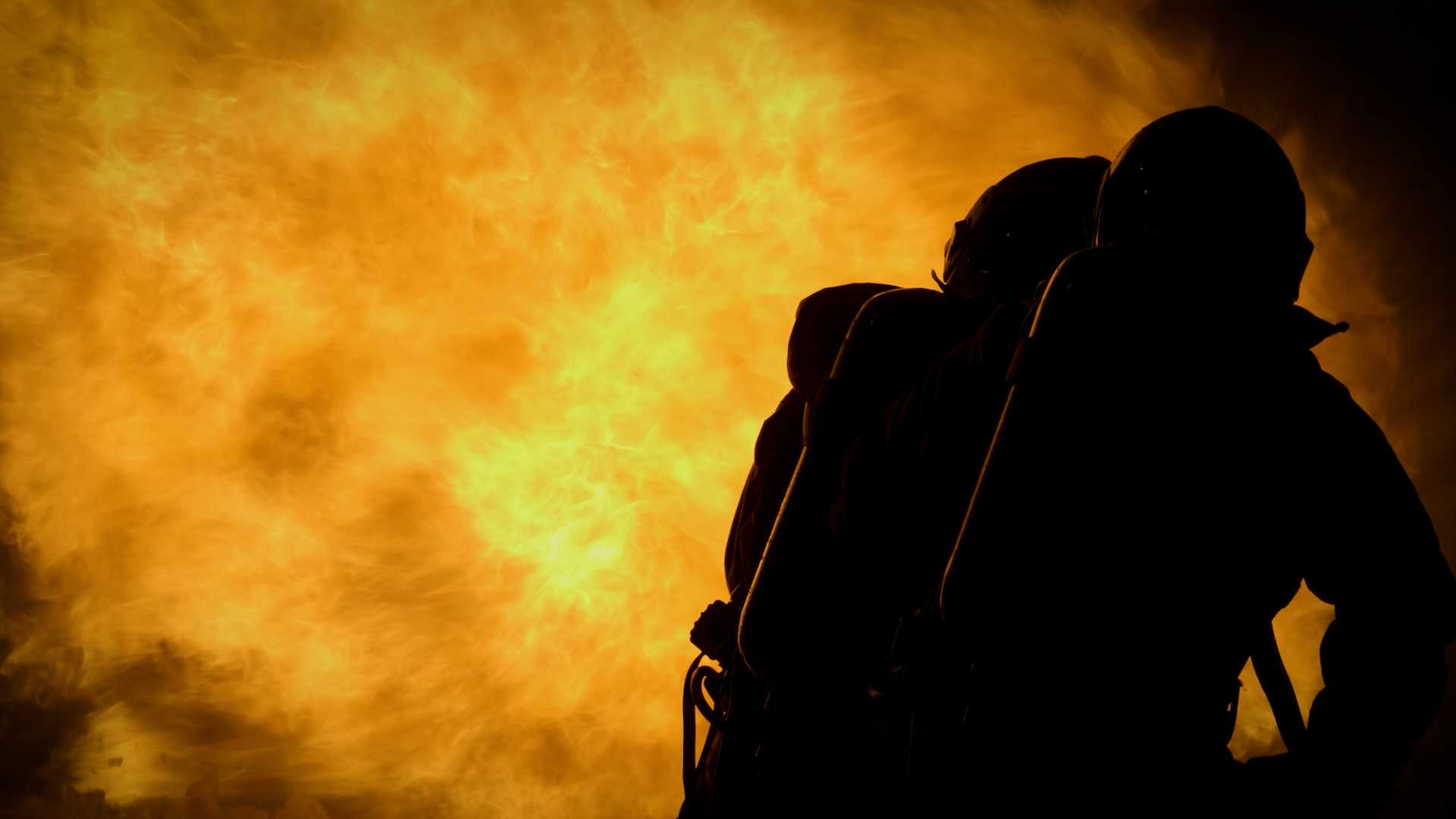Scientists say climate change is unequivocally linked to the intensity, scale and frequency of natural disasters, such as heatwaves, wildfires, floods, tropical storms and hurricanes, all contributing to global humanitarian emergencies, including those in New York and New Jersey.
Firefighters, police and operation teams are the first to assess these extreme weather situations, making instant decisions and lifesaving calls to action. These men and women in uniform are on the frontlines of tragedy, mitigating dangers to the forests, coastlines and surrounding neighborhoods.
Chasing Our Climate: On the Frontlines is a 30-minute documentary sequel that focuses on the weather disruptions after a tumultuous year, including the devastating Canadian wildfires and Hudson Valley flooding, while featuring New York and New Jersey climate heroes who rush toward danger in order to save our communities.
Over 3.6 billion people live in areas highly susceptible to climate change, and by 2050, these weather impacts could result in an additional 250,000 deaths per year, according to research by the World Health Organization (WHO), just from instances like heat stress and undernutrition alone.
Health complications related to alterations in climate are costly, estimated to be up to $4 billion per year by 2030, based on WHO. findings, not including added values from sectors like agriculture and sanitation.
The NYC Mayor’s Office of Climate & Environmental Justice (MOCEJ) released a new report on Friday, for the first time, analyzing the social inequalities in the boroughs. The Environmental Justice NYC (EJNYC) Report is a byproduct years in the making by the city and a team of researchers for the MOCEJ.
Almost half of the city's population lives in neighborhoods labeled "environmental justice areas," or areas that have experienced disproportionate negative impacts from environmental pollution due to historical and existing social inequities, based on the report.
The Bronx has the most environmental justice areas with low-income Latinx and Black residents reporting the inability to afford transit fares, the highest rates of food insecurity and diet-related diseases.
In New York City, there is an average of 370 deaths per year due to hot weather, based on the 2022 Heat-Related Mortality Report, with Black New Yorkers twice as likely to die from heat-related issues and lack of access to home air conditioning.
Elijah Hutchinson is the executive director of the New York City Mayor's Office of Climate and Environmental Justice. "Heat is one of the biggest killers in New York City. By 2030, we are expecting a tripling of days over 90 degrees, and our climate has been officially categorized, according to the National Climate Assessment, to now be humid subtropical," Hutchinson told NBC New York in an interview.
The New York City Panel on Climate Change (NPCC) is projecting new climate predictions for the boroughs with more precipitation and hotter temperatures as soon as the 2030s.
Coastal storm surge, chronic tidal flooding and extreme rainfall are expected to rise within the next decade says climate scientist Radley Horton, who is a professor at Columbia University's Climate School and a member of the New York City Panel on Climate Change (NPCC).
Horton says New Yorkers to plan for more heavy, destructive rain events similar to Hurricane Ida in 2021.
"The worst rainy day of the year now contains about 50% more rainfall than it did just a couple of generations ago, so in the next 10 years, we won't necessarily detect a big change relative to right now, but on balance, the risk of these types of dangerous rain events is going up," said Horton to NBC New York.
NYC sea levels are projected to rise almost to a foot with annual precipitation to increase by up to 10% by the next decade. By the 2050s, sea levels could rise by two feet. Temperatures could go up by nearly 5 degrees.
Read more about the new report by the NYC Mayor’s Office of Climate & Environmental Justice here.
Chasing Our Climate is an NBC New York special that first aired in 2022 during the 10th anniversary of Hurricane Sandy. The four-part series highlighted dozens of tri-state leaders and nonprofits finding solutions to lessening the carbon footprint, including the NYC Department of Sanitation and the Billion Oyster Project. Watch the first part here.

